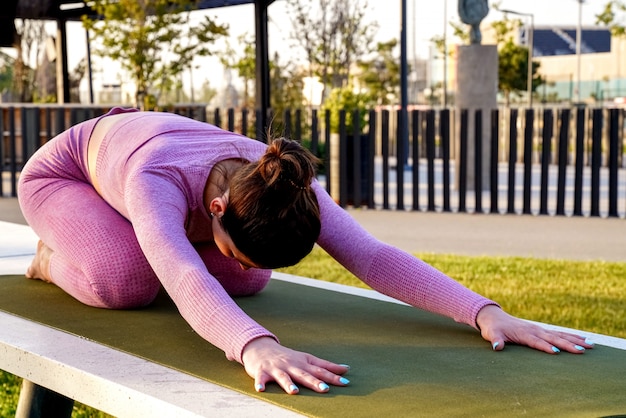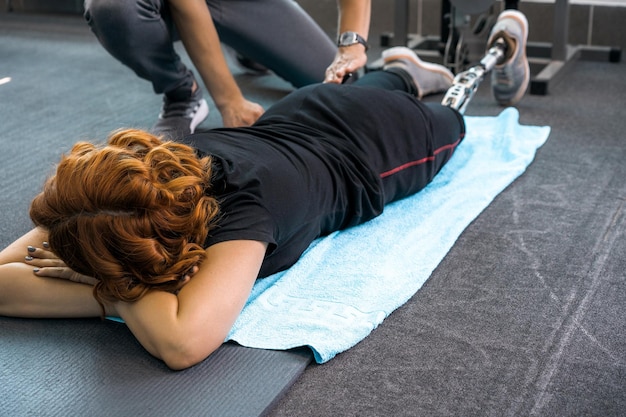Staying active is essential for long-term health, but many people unknowingly set themselves up for injury—especially when juggling busy lives and limited resources. The good news? You don’t need a gym membership or hours of free time to train safely. What you do need is awareness.
Below, we break down 30 common mistakes that sabotage injury prevention—and offer practical, real-world solutions that fit into any schedule and require minimal gear.
Jumping straight into exercise increases strain on cold muscles. Spend 5–10 minutes doing dynamic movements like arm circles, leg swings, or light cardio.

Poor joint mobility leads to compensation and injury. Dedicate 5 minutes daily to hip openers, shoulder rolls, or ankle circles—no equipment needed.
More isn’t always better. Overuse injuries thrive on repetitive strain without rest. Schedule at least one full rest day per week.
Slouching at your desk or phone alters spinal alignment. Set reminders to check posture every hour.
Even bodyweight squats can cause harm if done poorly. Record yourself or use mirrors to check alignment.
A weak core destabilizes movement. Practice bracing your abs during everyday tasks like lifting groceries.
Breath-holding spikes blood pressure. Exhale during exertion (e.g., when standing up from a squat).
Doing only cardio or strength creates imbalances. Mix in flexibility, balance, and stability work.
Ramping up too fast—more reps, heavier loads—leads to strain. Follow the 10% rule: increase intensity by no more than 10% per week.
Even at home, flat or unsupportive shoes alter gait. Use supportive sneakers or minimalist shoes with cushioning.
Pain is a warning sign. Distinguish between discomfort and sharp, localized pain—stop if the latter occurs.
Cooling down helps reduce soreness and supports recovery. Stretch major muscle groups for 5–10 minutes post-workout.

Sleep is when your body repairs. Aim for 7–9 hours nightly to support tissue recovery.
Even mild dehydration reduces muscle elasticity. Drink water consistently throughout the day.
One side often works harder. Do single-leg or single-arm exercises to uncover and correct imbalances.
Static stretching pre-workout may reduce power. Save it for after exercise or on rest days.
Spurts of activity followed by inactivity increase injury risk. Aim for consistency over intensity.
Mental exhaustion impairs coordination and focus. If stressed or tired, opt for low-intensity movement.
Muscles need protein and nutrients to repair. Include balanced meals with lean protein, healthy fats, and complex carbs.
Prolonged sitting tightens hips and weakens glutes. Stand or walk for 2–3 minutes every hour.
Diaphragmatic breathing improves oxygen flow and reduces tension. Practice deep belly breaths daily.
Fancy tools don’t replace proper form and consistency. Master bodyweight movements first.
Poor balance increases fall risk. Practice standing on one leg while brushing your teeth.
Looking down strains the neck and shoulders. Hold devices at eye level when possible.
Fatigue, soreness, and stiffness are signals. Adjust your plan accordingly instead of pushing through.
Bending at the waist to pick things up stresses the lower back. Use a squatting motion with a straight spine.
Weak feet affect your entire kinetic chain. Try towel scrunches or walking barefoot on safe surfaces.
Repeating the same motions causes overuse. Rotate between pushing, pulling, twisting, and squatting patterns.
Foam rolling or using a tennis ball on tight spots improves tissue quality. Spend 5 minutes daily on self-myofascial release.

Being too hard on yourself leads to burnout. Focus on progress, not perfection. Small, consistent changes yield lasting results.
Injury prevention isn’t about extreme measures—it’s about smart, sustainable habits. By correcting these 30 common mistakes, you’ll build resilience, improve movement quality, and stay active for life—no gym required.

Fitness

Fitness

Fitness

Fitness

Fitness

Fitness

Fitness

Fitness

Fitness

Fitness

Fitness

Fitness

Health

Fitness

Health

Health